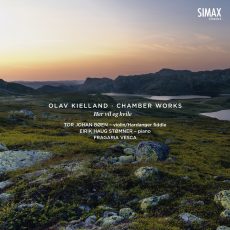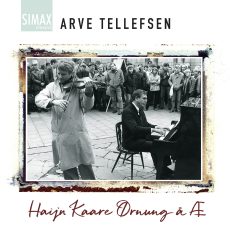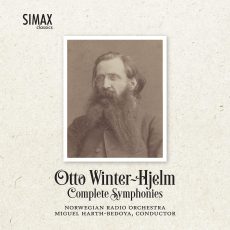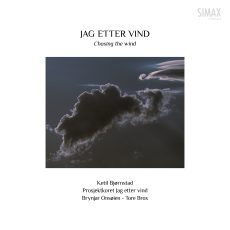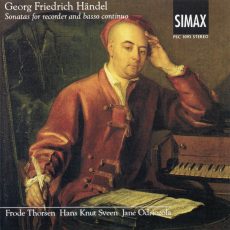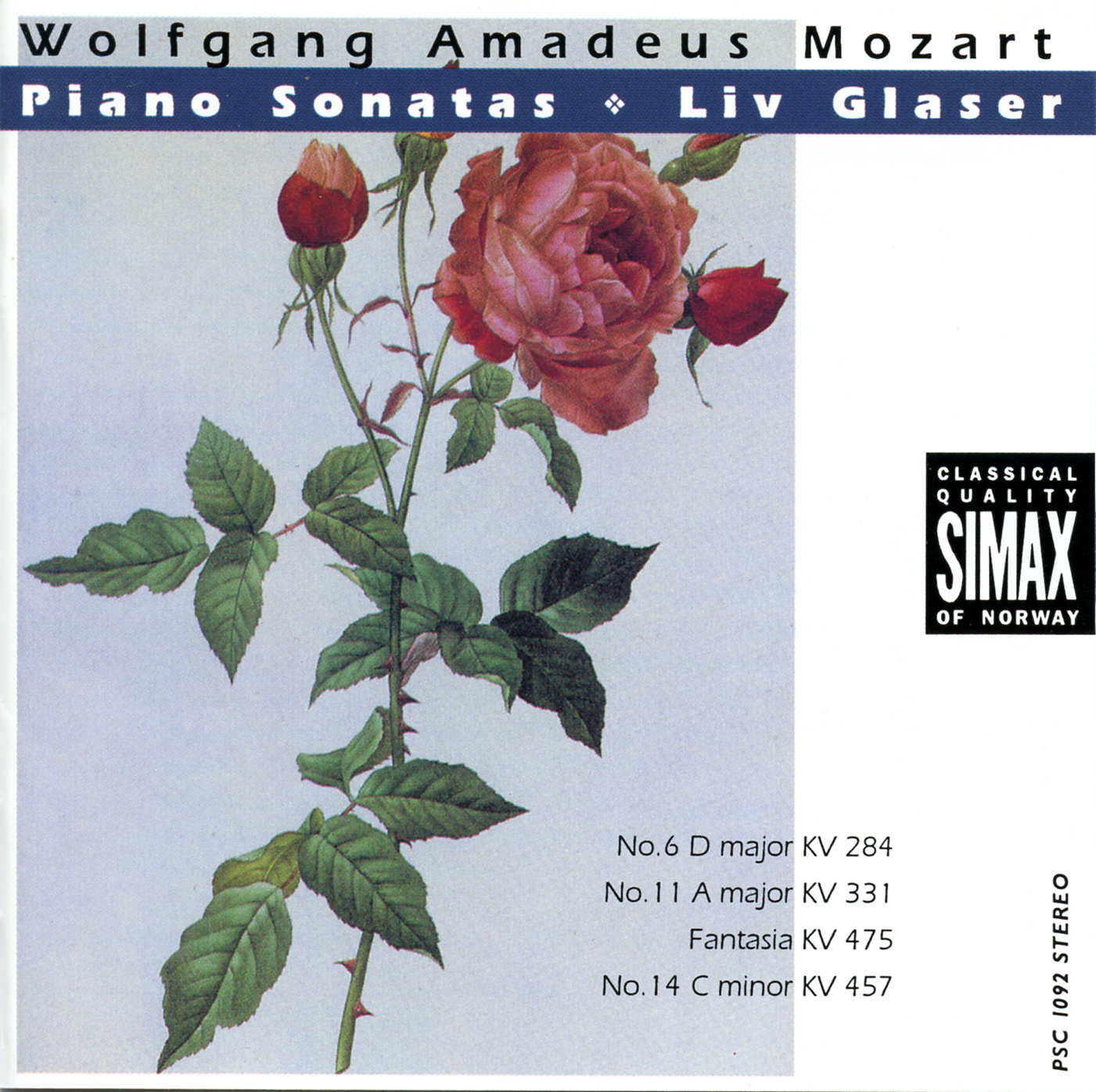Aram Khachaturian created his art in the Soviet realm and gained worldwide recognition through the piano and violin concertos, symphonies, and the Spartacus ballet. On this album, we hear music written as early as 1926, and also the neglected violin sonata, written in 1932, but published for the first time in 1984. Mariam Kharatyan is at the helm presenting Khachaturian’s chamber compositions, inspired by their common native ground of the Armenian folk music.
Khachaturian’s art has been of paramount importance for the Armenian National Music. Continuing the mission of Komitas, Khachaturian represented the Armenian musical traditions internationally. In 1922 Khachaturian was enrolled in Gnessin Music School in Moscow, where his professional music education started. He was admitted to Moscow Conservatory in 1929, studying in Myaskovsky’s composition class, and even in those early study years, his individual characteristics of musical idiom and expression with its inspiration anchored to Armenian folk music was outstanding.
In 1948 Khachaturian, together with his outstanding colleagues Shostakovich, Prokofiev, and Myaskovsky were announced as a formalist in the Soviet Union. It took a long time for him to return to his enthusiastic mood and to create new compositions. He traveled to the villages of Armenia, to his roots, where many associations from childhood reawakened within him. He wanted to listen to the peasants singing, to meet old and young, and to listen to folk musicians – ashughs and their improvisations. Khachaturian later recalled: "Now that I am well along in years, I can say in all certainty that I got my love of music from my mother. She sang Armenian folk songs very expressively, with great feeling. They left a deep impression on me. (…) I loved to listen for hours on end to itinerant musicians, the ashughs and sazandars. Their songs and legends acclaimed freedom, brotherhood, love, and courage, and exposed evil, violence, and injustice. For this they were called in the East "the artistic conscience of the people." In the simple but inspired improvisations of these poets and musicians I heard echoes of the folk songs my mother used to sing. But when sung by the ashughs these seemingly familiar melodies struck me as being much richer, more beautiful, enchanting one with their free, colorful interpretation and the magic of the rhythm found only in folk art. Greedily I absorbed this art, although there was a good deal that I did not understand at the time."
Through her Artistic Research Project "Armenian Fingerprints," Kharatyan has investigated extensively on how her piano playing can be transformed and impacted by the Armenian Folk music and what interpretational possibilities may emerge in works of Khachaturian within these explorations. Kharatyan sums up the intentions: "together with Adam Grüchot, Stig Nordhagen and Leonardo Sesenna, we have aimed to create a meaningful musical expression for the listener, as the music comes forth more like an improvisation, as without bar lines, with the freedom and improvisational sense of the performance which would give the impression of as performers playing by ear, rather than by learning."










